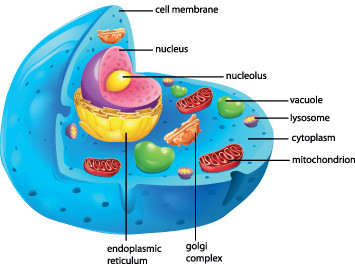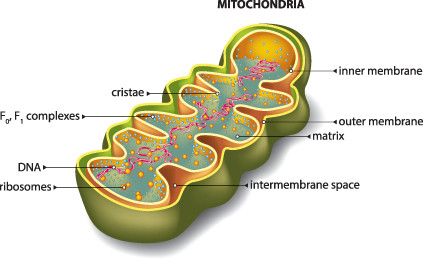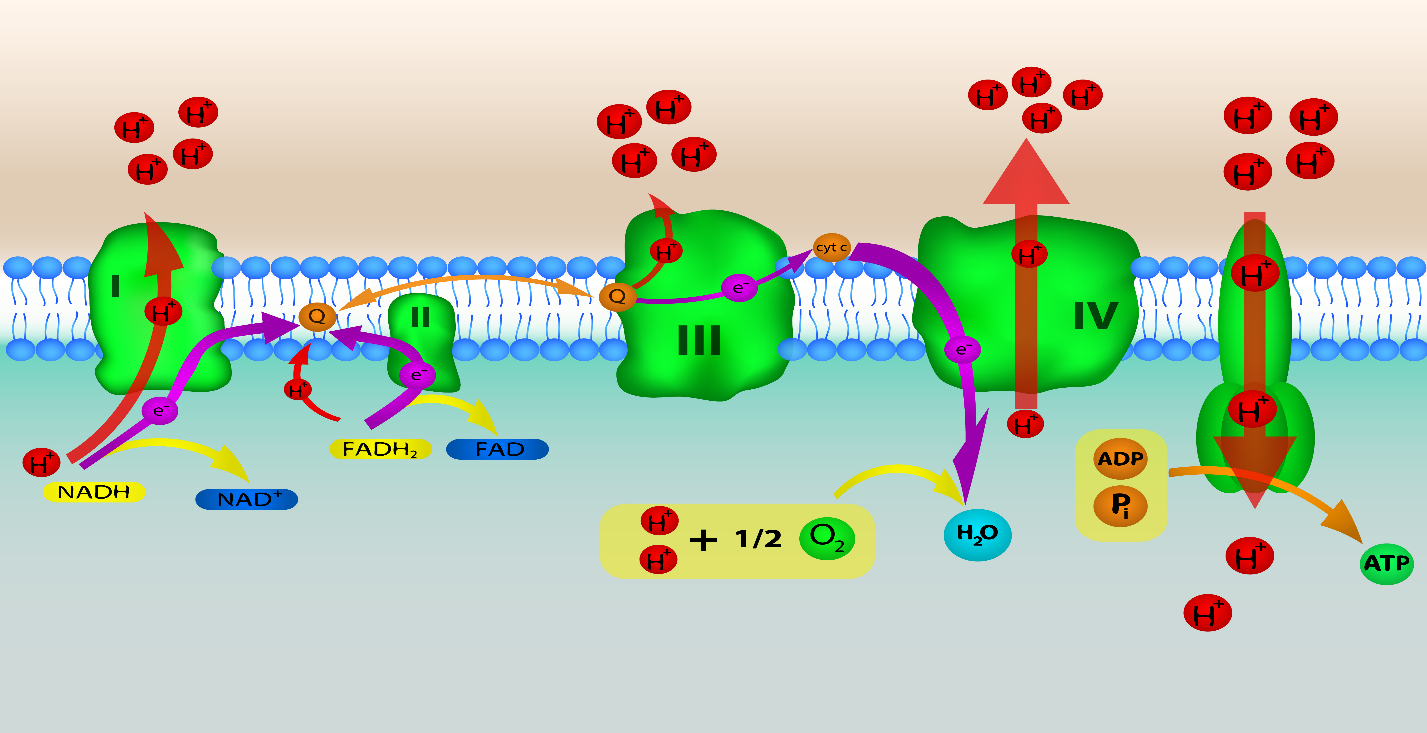What do mitochondria do?
The mitochondria do remarkable work.
- Mitochondria break down nutrients delivered to the cell in a process called metabolization.
- The mitochondria then combine the end products of this process with oxygen to produce ATP (adenosine happens in the inner membrane of the mitochondria), in a part called the Electron Transport Chain(ETC). ATP is the main chemical that fuels the body on a 24-hour basis. This entire process, known as cellular respiration, depends on mitochondria working properly.
- Beyond their critical involvement in cellular respiration, mitochondria also play an important role in cell signaling, cell growth, cell division, and the apoptosis (process of programmed cell death).
- Additionally, the mitochondria help protect against disease.
What can affect the health of mitochondria?
As mitochondria generate ATP via oxidation they are constantly exposed to free radicals which, in turn, accelerate the degradation and destruction of the mitochondria’s DNA. Unlike cellular DNA, which can protect itself from free radicals because of its double membrane structure, mitochondrial DNA cannot. Therefore, exposure to free radical damage leads to a decline in mitochondria and their function. Free radicals are unstable molecules formed in the cell due to chemical reactions. They look to bind to other stable molecules and destroy them in the process. They are responsible for many health issues.
How do the mitochondria produce energy?
Electron Transport Chain (ETC) is a group of proteins, named complex I to V that are located in the inner membrane of the mitochondria. They are involved in the production of ATP through the process of aerobic respiration also called cellular respiration. They are electron acceptors and produce ATP. Electron acceptors are chemical compounds that can accept electrons transferred from another compound. All the nutrients must be converted to ATP to be used as energy for cellular function.
- Complex I – NADH Dehydrogenase or NADH oxidoreductase. Mitochondrial complex I is the primary entry point for electrons into the electron transport chain, required for the bulk of cellular ATP production via oxidative phosphorylation.
- Complex II – Succinate Dehydrogenase. This converts succinate to fumarate in the Krebs cycle
- Complex III – Cytochrome Reductase
- Complex IV – Cytochrome Oxidase. This accepts electrons from Complex III and oxygen then combines hydrogen and makes water
- Complex V – ATP synthase. As the H+ ions move from the inter membrane space to the matrix, the energy created during this movement helps convert ADP to ATP, which is the energy source of the cell
What happens when the mitochondria do not function well?
Research shows that impaired mitochondrial function may be involved in many neurological disorders such as Parkinson’s disease, Alzheimer’s disease, Multiple Sclerosis, developmental delay and Autism, as well as other disease conditions such as kidney and liver defects, diabetes, cancer, and heart disease.
What are mitochondrial disorders?
Mitochondrial disorders occur when the mitochondria fail and are not able to produce the energy a cell or tissue needs. This causes cell injury, or even cell death and organ damage.
Mitochondrial dysfunction is involved in causing a wide variety of medical disorders. When the mitochondria don’t function well, it can result in problems ranging from mild to serious and debilitating illnesses. Signs and symptoms of mitochondrial diseases can include:
- Fatigue
- Intolerance to exercise
- Muscle weakness
- Loss of muscle coordination
- Neurological symptoms
- Gastrointestinal symptoms
- Heart failure
- Diabetes
- Deafness
- Blindness
- Stunted growth
- Learning disabilities
The clinical features of mitochondrial disorders may involve only one organ or almost any combination of organ systems. Mitochondrial disorders may present at any age and, in most cases, affect both sexes equally.




